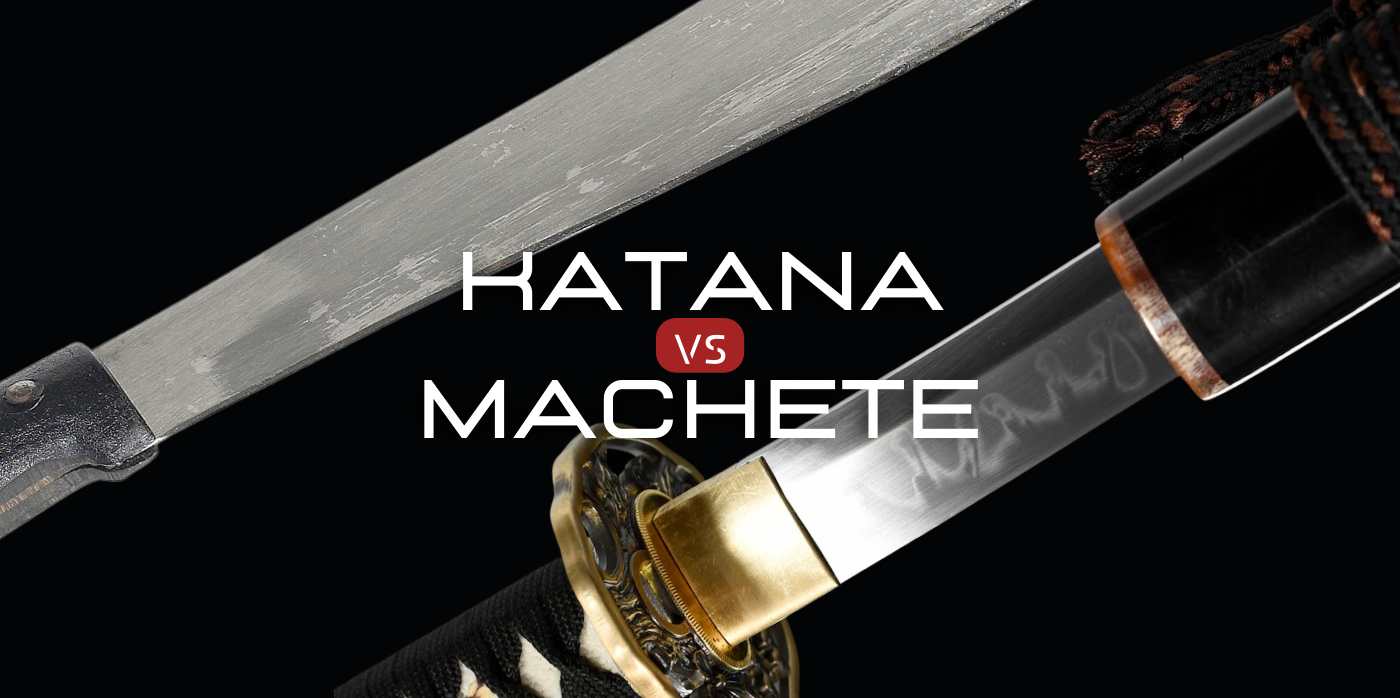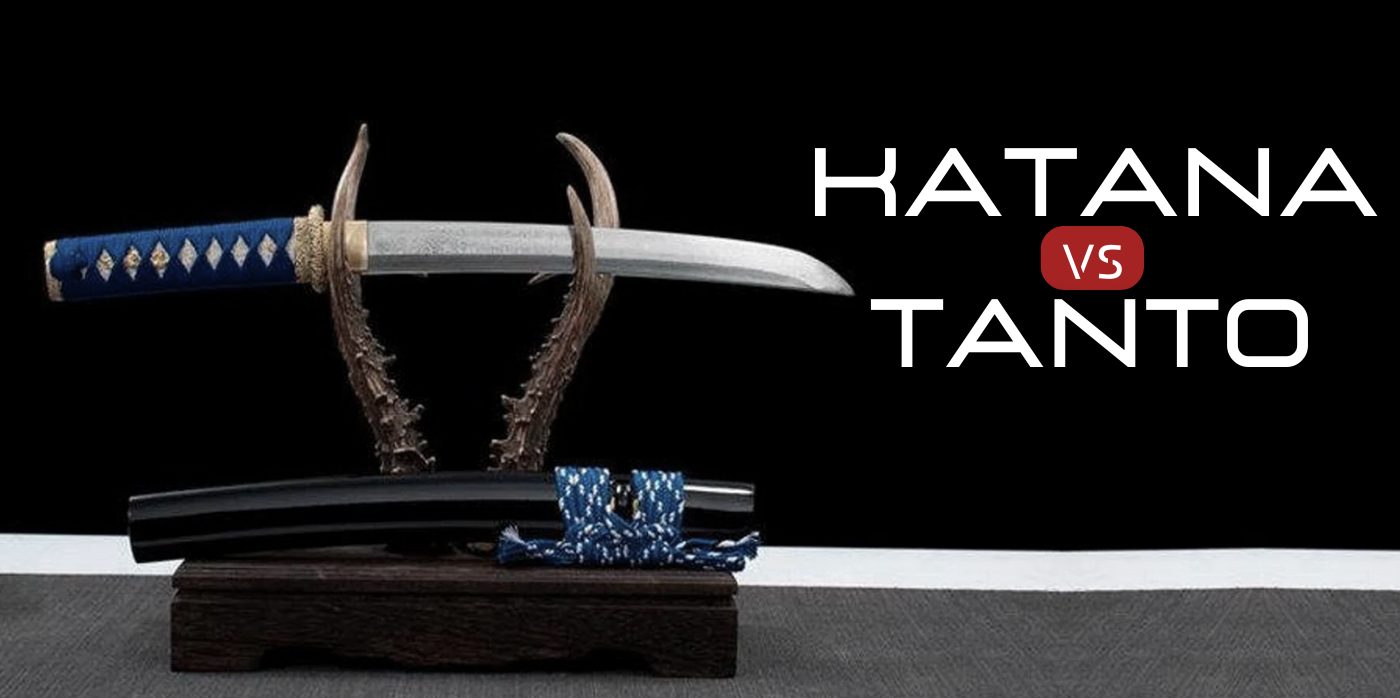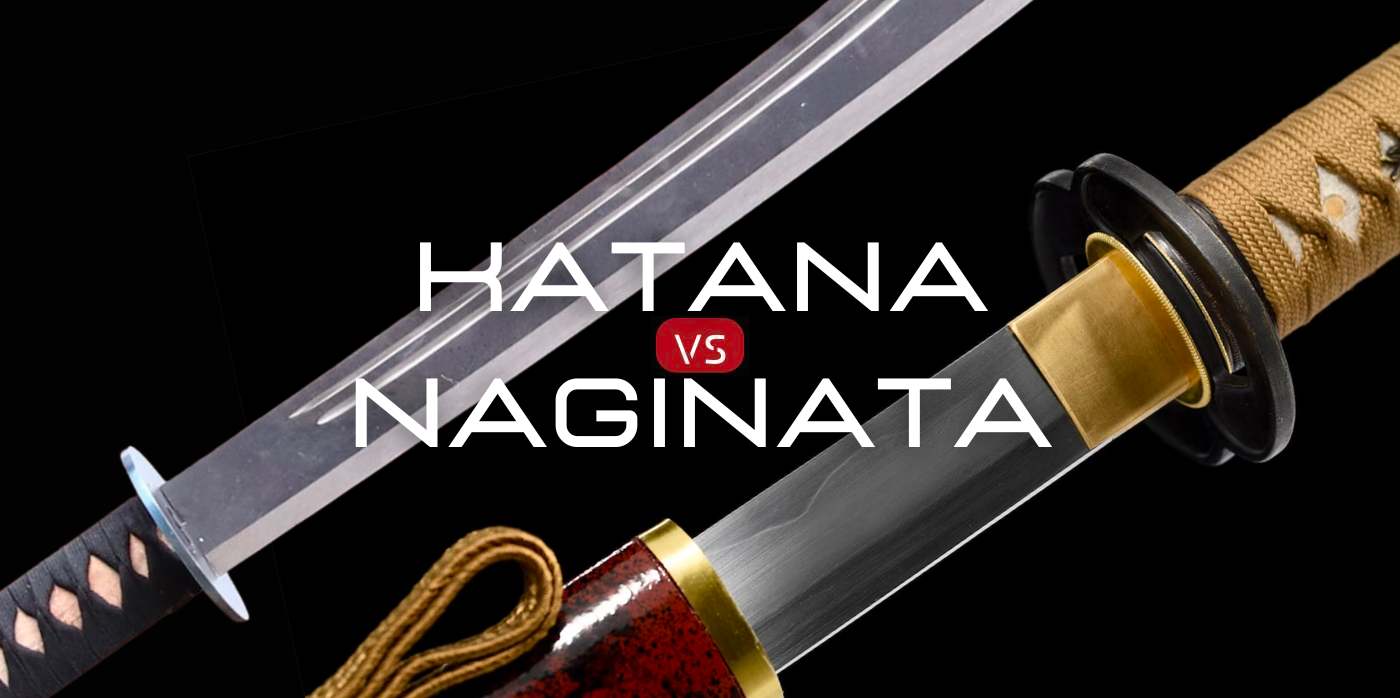The sword realm offers a vast array of diverse blades, each holding unique tales of historical significance, design philosophy, and usability. Among these, the Katana, a symbol of the Samurai culture, and the Machete, a versatile jungle-clearing tool, are often the subjects of comparison. This article aims to demystify the distinctions and parallels between these two iconic blades.
Distinguishing Machete from Katana
Machetes are renowned for their utilitarian nature. They've been essential tools in various regions for clearing jungle vegetation, chopping wood, and even self-defense. On the contrary, Katanas have been the proud symbols of Samurai warriors, known for their precision in Japanese sword fighting.
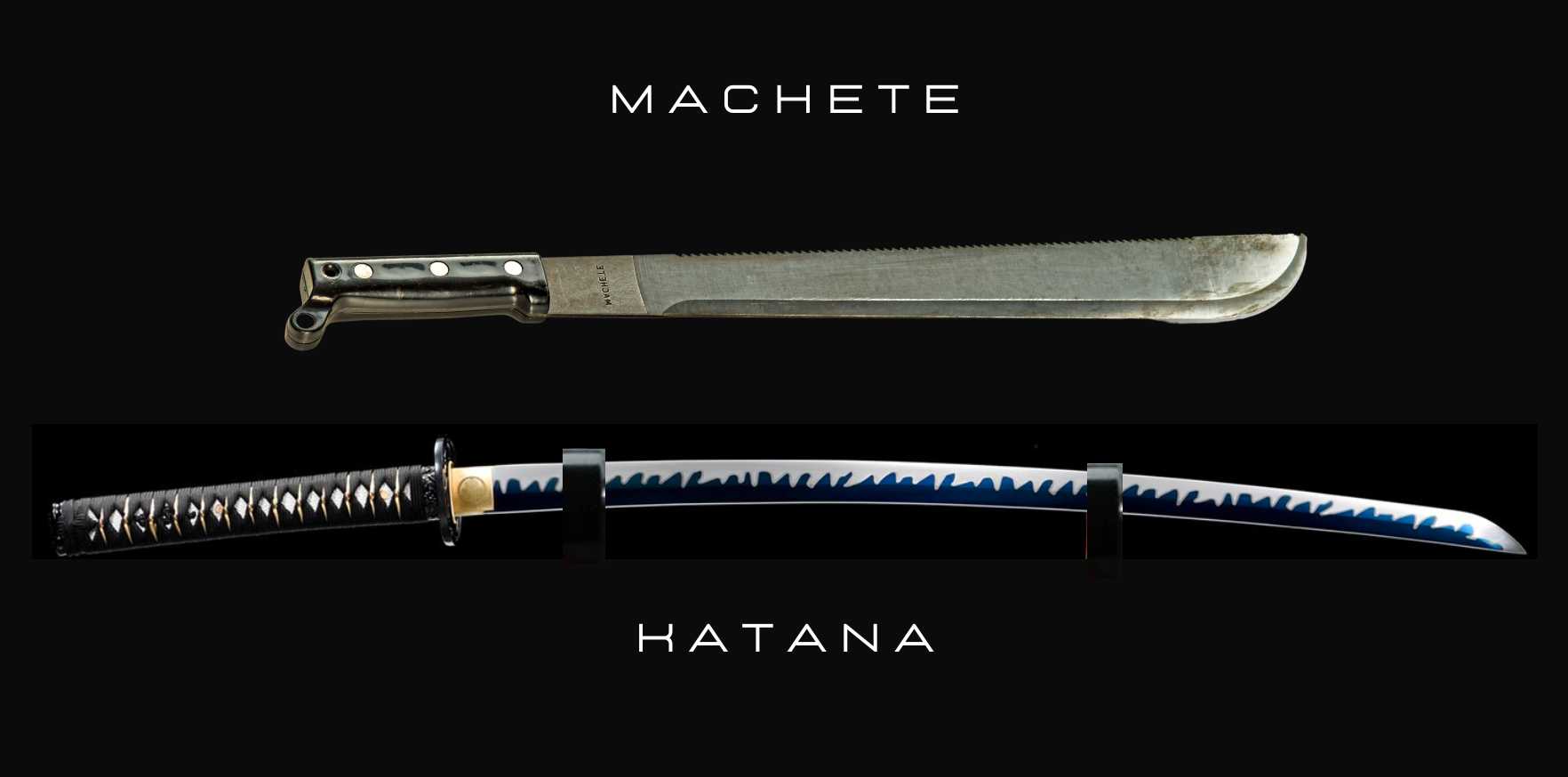
Craftsmanship Unveiled: Why Katanas Cost More Than Machetes
The Katana stands out for its impeccable sword craftsmanship. Traditionally forged using multiple layers of steel, it results in a blade of outstanding sharpness and durability. The cutting ability of the Katana is legendary, with tales of it slicing effortlessly through silk and bamboo.
The Machete, while not crafted with the same intricacy as the Katana, is designed to be sturdy and enduring. It's made with materials meant to endure repeated hard use, making it a reliable utility tool.
Machete Vs Katana Differences
Length, Weight, and Grip
Sword length and weight play pivotal roles in their functionality. Katanas are generally longer, requiring a two-handed grip, thus providing significant reach and power in Japanese sword fighting techniques.
In contrast, most machetes are shorter and lighter, designed for a one-handed grip, making them agile tools ideal for close-quarter work, be it in combat or clearing brush.
Curves and Cuts
While both tools are effective in their right, their design philosophies differ significantly. Katanas boast a distinct curvature, optimized for swift, clean cuts. Machetes, with their broader blade design, are built for chopping and hacking, often requiring a two-handed grip.
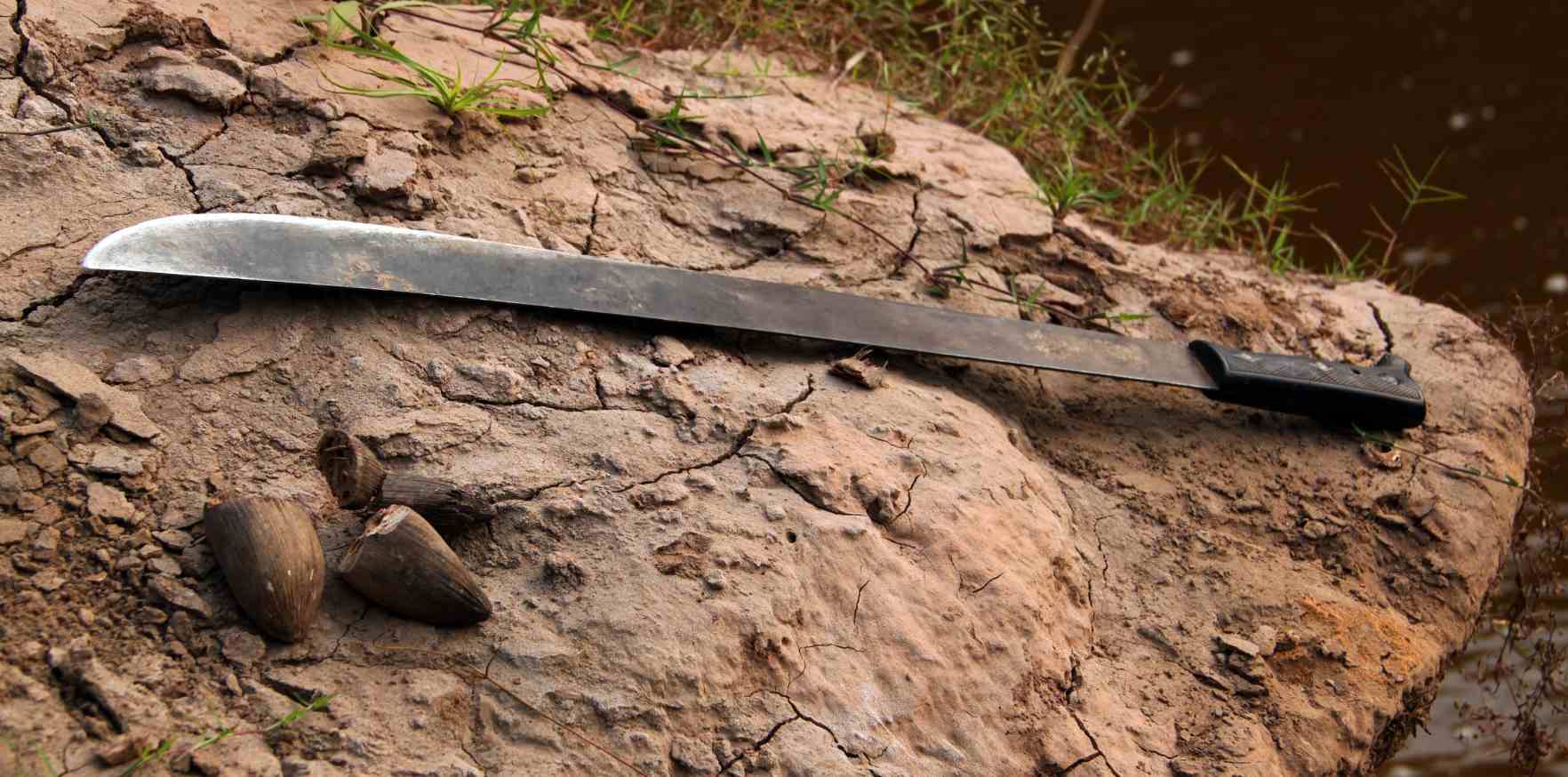
Machete Vs Katana: Combat Considerations
When it comes to combat, the Katana, with its sharpness and blade design, offers swift, precise strikes. The Machete, being heavier, can deliver powerful blows but may lack the Katana's precision. In martial arts scenarios, Katanas, with their rooted techniques in Kenjutsu, hold an advantage.
In fact, machetes are more considered as utility tools more than weapons. They are invaluable tools in many countries, assisting in agricultural tasks and jungle clearing.
Summary:
Combat Advantage: Katana, due to its precision and design.
Survival Advantage: Machete, due to its versatility and robustness.
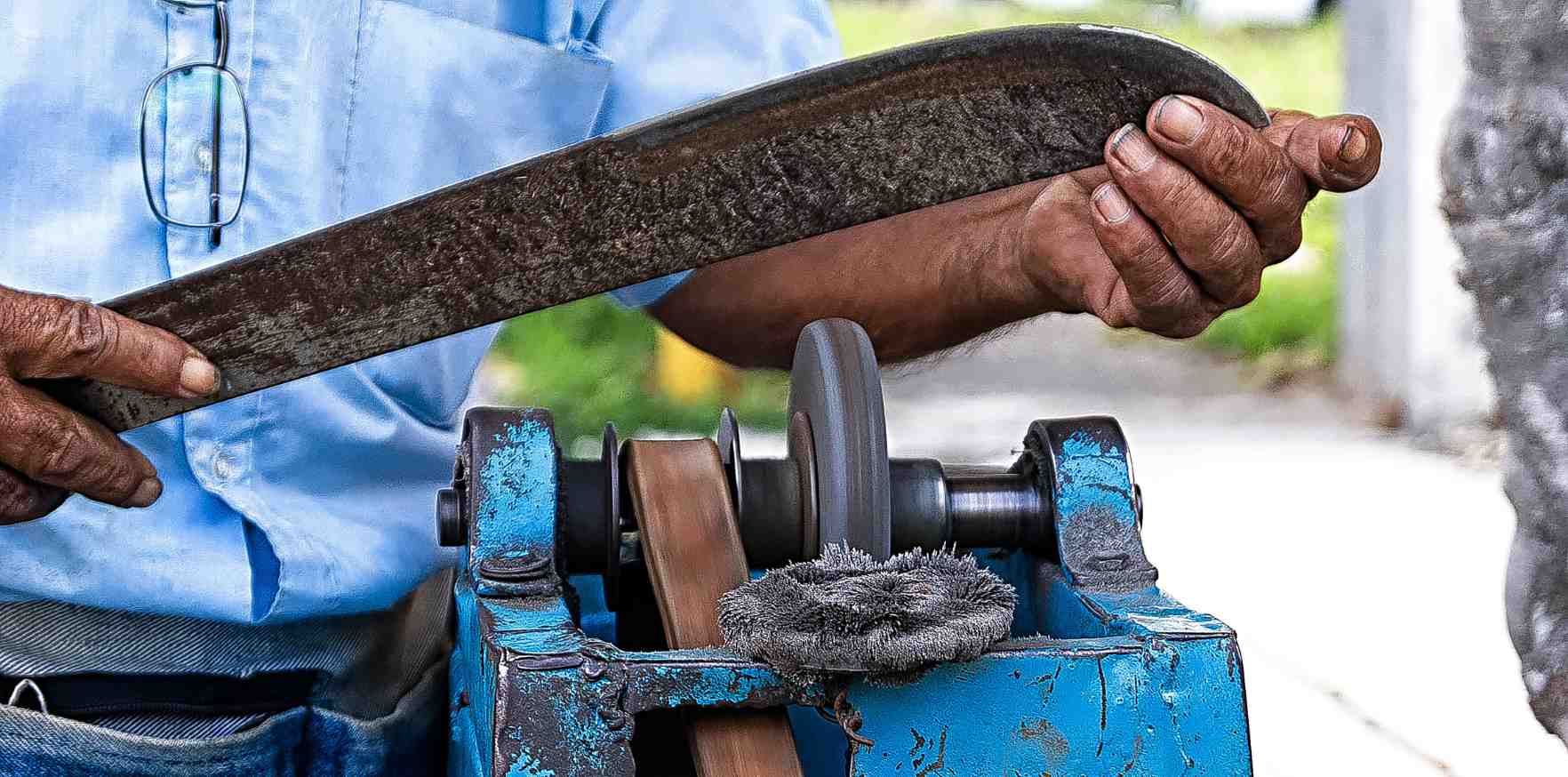
Machete Vs Katana: Maintenance and Longevity
Sword maintenance is crucial to ensure the longevity and efficiency of both weapons. The Katana, with its intricate blade design and materials, demands regular care, including oiling and polishing to prevent rust and maintain its sharpness.
On the other hand, the Machete, being a tool for rugged use, might not need as frequent care but still benefits from regular sharpening and cleaning, ensuring its cutting efficiency remains optimal.
Summary of Differences and Similarities Between Katana and Machete
- Design: Katanas boast a distinctive curvature for combat, while Machetes have a broader design for varied tasks.
- Usage: Katanas excel in combat, Machetes shine in versatility.
- Craftsmanship: Katanas involve meticulous craftsmanship, Machetes emphasize functional durability.
- Cultural Roots: Katanas are entwined with Samurai culture; Machetes hold diverse historical and cultural significance.
- Combat Vs Utility: While both can be used in combat, Katanas have the edge in martial scenarios, and Machetes in utility tasks.



